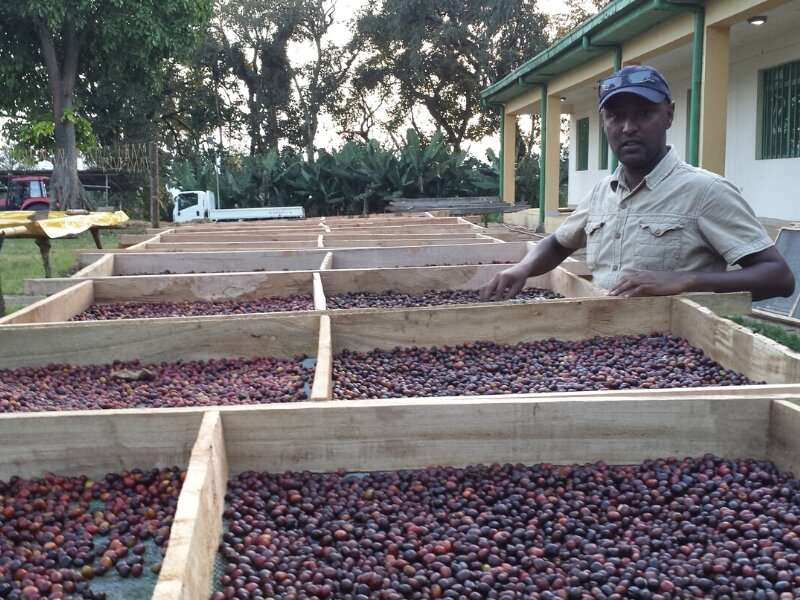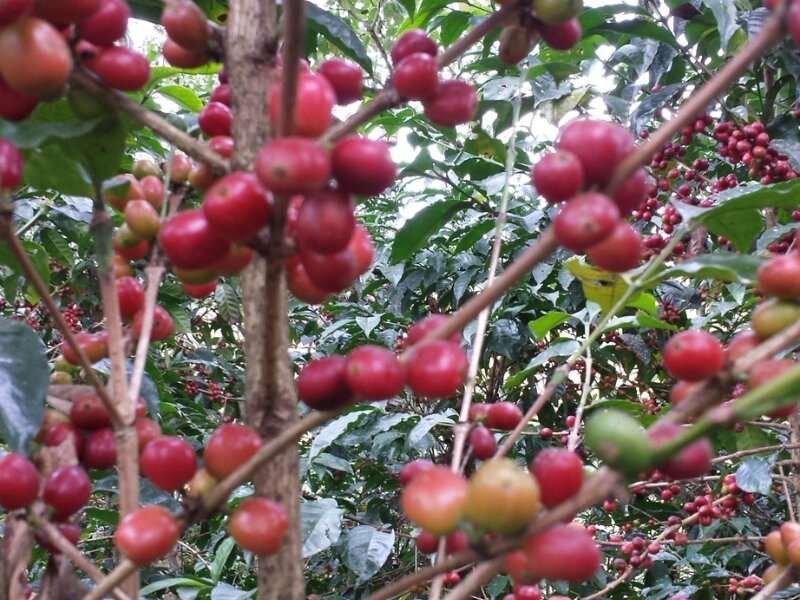
But is it the type of bean, the way it is grown—or the way it is processed that makes the most of every last drop of coffee?
Researchers recently published a paper about this question in Agrosystems, Geosciences and Environment journal. The journal is a publication of the American Society of Agronomy and the Crop Science Society of America.
Addis Alemayehu and a research team at Southern Agricultural Research Institute in Ethiopia studied Arabica coffee. Ethiopia is Africa's leading country for coffee bean production, and Arabica is the leading variety.
"Arabica coffee is an integral part of the southwestern Ethiopian tropical forest agroecology," says Alemayehu. "The forest ecosystems create conducive conditions for producing distinctive quality coffee. They also are a good source of income for farmers."
"Coffee production and processing systems are the primary factors that determine the overall quality of coffee produced in a specific environment," says Alemayehu.
Many factors influence the growth and development of coffee plants, including:
- altitude,
- rainfall pattern,
- temperature,
- relative humidity,
- light,
- moisture, and
- soil nutrients
These factors then influence the quality of the bean, and of the biochemicals inside the bean that influence the coffee quality.

The research team studied coffee crops from three different regions. All the regions were within the Kafa Biosphere Reserve in Kaffa Zone, in the southwestern part of Ethiopia. The growing regions ranged from over 1,500 feet high (comparable to Arizona's Camelback Mountains) to over 11,000 feet (similar to the Wasatch Mountain Range in Utah). The temperature and rainfall varied at each site, as did some of the growing practices. This gave the team data on production and growth habits that may influence coffee bean quality.
To study bean processing's influence on bean quality, the team collected the ripe cherries (unprocessed beans) at study sites from October to December 2018. Each sample was divided into three equal amounts to apply the three processing methods: dry, semi-wet and wet processing:
- Dry processing means coffee cherries were sundried.
- Wet processing means coffee cherries are pulped with machine. The beans are then fermented as part of the wet processing method.
- Semi-wet processing means coffee cherries pulped with machine and hand washed, then parchment coffees with mucilage cover were sundried.
Professional coffee testers participated in the testing phase of the research. They participated in the physical, raw, and cup testing procedures.
"We need to keep bean moisture content high within the recommended range to get better cup quality, specifically coffee acidity," says Alemayehu. "The study confirms that better quality coffees come from selective hand-picking of red-ripe cherries. In addition, it is better to use the dry processing method within the recommended range of green bean moisture content."
Because of deforestation, the genetic material of Arabica coffee is stored in a preserve, called the Kafa Biosphere Reserve which was established in 2010 as a UNESCO site. The United States preserves both seeds and genetic materials in seed banks. In addition, some sites, like the Wild Chile Botanical Area in Arizona preserve live plants, similar to Ethiopia's UNESCO site.
Explore further
Citation: Study shows top 'ingredient' to good-tasting coffee (2022, August 1) retrieved 1 August 2022 from https://ift.tt/DEcAF9j
This document is subject to copyright. Apart from any fair dealing for the purpose of private study or research, no part may be reproduced without the written permission. The content is provided for information purposes only.
Study shows top 'ingredient' to good-tasting coffee - Phys.org
Read More

No comments:
Post a Comment